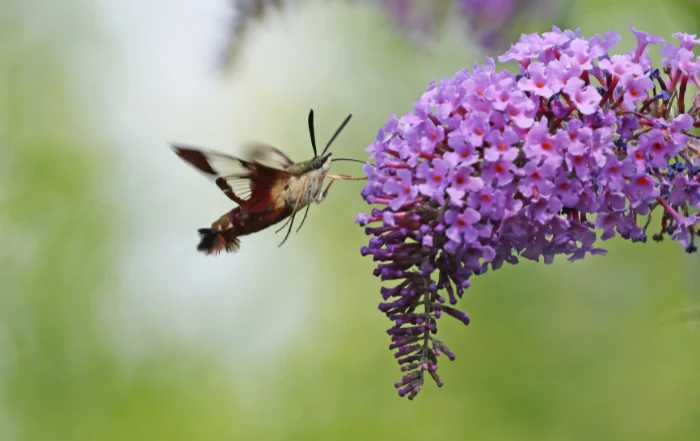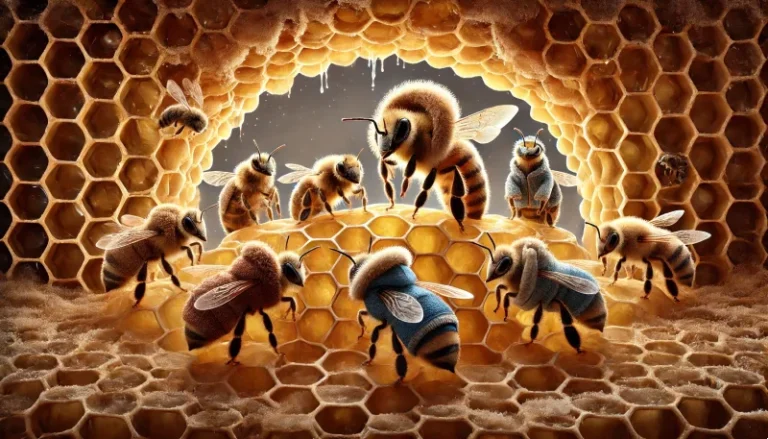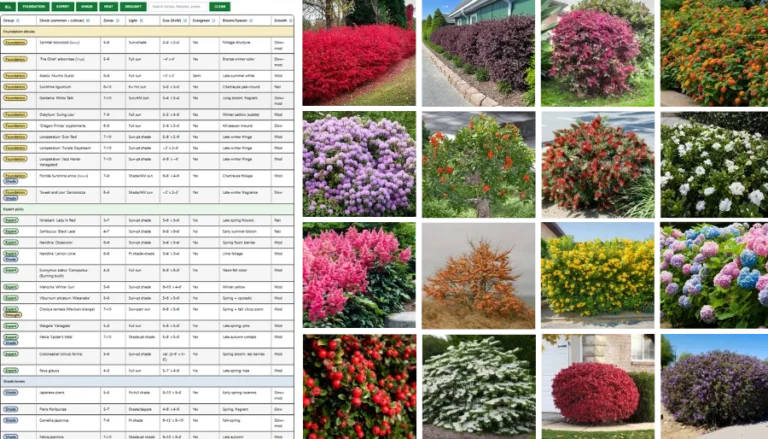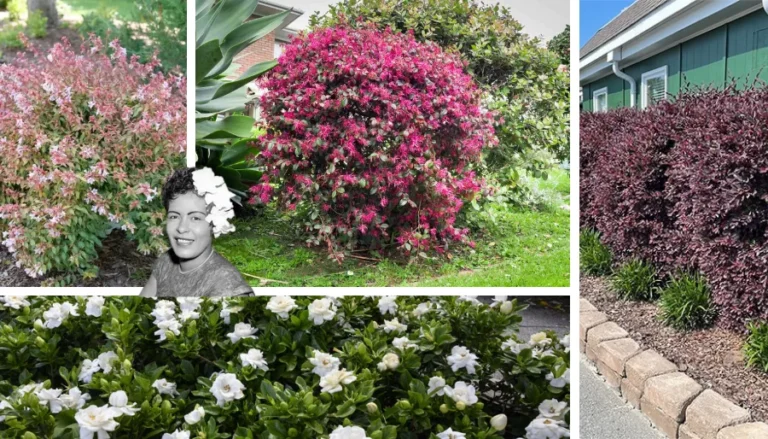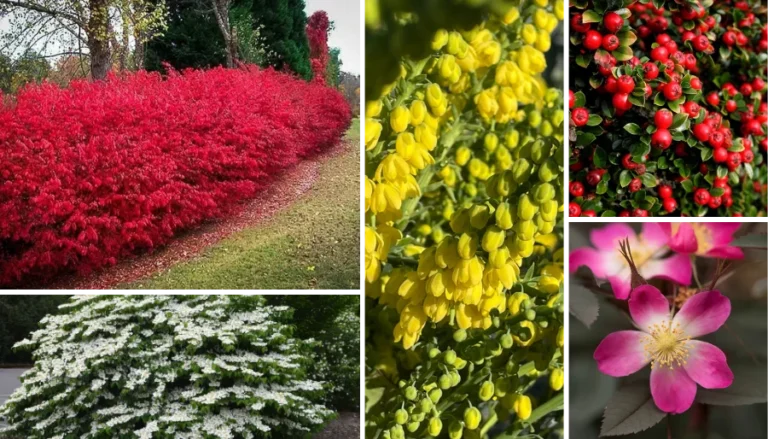In the realm of pollinators, bees have long received the spotlight, but a groundbreaking study from the University of Sheffield suggests that moths are equally deserving of attention and conservation efforts.
Nocturnal pollinators like moths visit just as many plants as bees, making them a vital component of the ecosystem.
However, urbanization poses a greater threat to moths compared to bees due to their intricate life cycles and specific plant requirements.
The study sheds light on the significant role moths play in supporting urban plant communities.
Astonishingly, moths contribute to one-third of all pollination in flowering plants, crops, and trees. Protecting and conserving moths becomes essential for maintaining the health and diversity of urban ecosystems.
When planning or redeveloping urban areas, it’s crucial to introduce plant species that benefit both moths and bees.
Dr. Emilie Ellis, lead author from the University of Sheffield’s Grantham Institute for Sustainable Futures and the Research Centre for Ecological Change (REC) at the University of Helsinki, emphasizes the importance of supporting a diverse array of wildlife in urban green spaces.
Dr. Ellis states, “Protecting urban green spaces and ensuring they are developed in such a way that moves beyond bee-only conservation but also supports a diverse array of wildlife will ensure both bee and moth populations remain resilient and our towns and cities remain healthier, greener places.
The research reveals that bees and moths visit distinct plant communities. While moths are commonly associated with pale and fragrant flowers, the study shows that moths carry more pollen than previously believed and visit a greater variety of trees and fruit crops than previously identified.
In urbanized areas, the abundance of non-native plant species or the reduction in plant diversity can lead to diminished interactions between insects and less attractive plant species, ultimately impacting both plants and insects negatively.
Dr. Ellis highlights the critical role moths play in pollinating plants, including essential crops. This knowledge has significant implications for initiatives promoting wildlife-friendly gardening, urban planners, and policymakers responsible for developing urban green spaces and horticulture.
Dr. Stuart Campbell, a senior author of the study from the University of Sheffield’s School of Biosciences, emphasizes the complexity of identifying pollinating insects. While approximately 250 bee species are known in the UK, the study uncovers the vast knowledge gap surrounding the over 2,500 moth species that primarily visit flowers at night.
By employing DNA sequencing, the researchers identified the pollen adhering to night-flying moths when they visit flowers.
The findings indicate that moths are likely pollinating a variety of plant species, many of which are wild and unlikely to be pollinated by bees.
The study demonstrates the intricate and delicate networks formed by insects and plants for successful pollination, which are susceptible to the impacts of urbanization.
This research also provides valuable insights into determining the best food sources for different insects, including nocturnal species like moths. By utilizing this information, we can better cater to the needs of all pollinators and ensure their survival in the face of the climate crisis and ongoing losses.
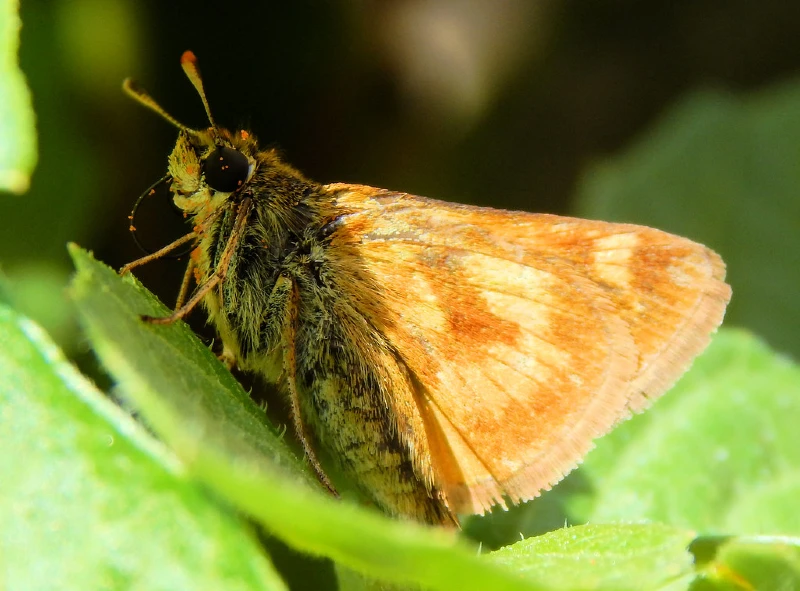
Moths Prefer These Plants For Nighttime Feeding
When the moon rises and darkness descends, moths embark on their quest for nourishment. These remarkable insects exhibit a diverse range of feeding habits, with some species preferring nectar from flowers while others consume sap or even fruit juices. Let’s delve into some of the plants that are frequently sought after by moths as they flutter through the night.
Nectar-Rich Flowers: Moths are often attracted to flowers with a strong fragrance and pale or white petals that stand out in the dimly lit environment. Some common favorites include honeysuckle, evening primrose, moonflower, jasmine, and phlox. These plants provide a rich source of energy in the form of nectar, which moths sip using their long, coiled proboscis.
Fruiting Trees and Shrubs: Certain moth species have a penchant for fruit, both ripe and overripe. They play a vital role in pollinating these fruit-bearing plants while simultaneously indulging in their sugary delights. Apples, pears, plums, cherries, and figs are just a few examples of the fruits that attract moths with their irresistible aromas.
Sap and Tree Exudates: Moths such as the Luna moth and some species of hawk moths have adapted to feed on tree sap and exudates. They pierce the bark of trees and drink the sugary sap oozing out, often leaving visible marks on the tree trunk. Oaks, birches, maples, and willows are among the preferred tree species that attract these sap-loving moths.
Moths Need These Plants for Larval Development
The life cycle of moths involves a remarkable transformation from egg to larva (caterpillar) and eventually to the adult form. Larvae have specific dietary requirements, and their preferred host plants are essential for their growth and development. Let’s explore some of the plants that serve as vital resources for moth larvae.
Native Grasses and Weeds: Many moth species lay their eggs on native grasses and weeds, which subsequently serve as a crucial food source for the emerging caterpillars. Milkweed, nettle, dandelion, thistle, and clover are examples of plants that not only provide sustenance but also act as breeding grounds for various moth species.
Woody Plants: Several moth larvae, known as defoliators, depend on the foliage of woody plants for their nutrition. Oak, willow, poplar, and birch trees are often favored hosts. These plants offer a diverse array of leaves that caterpillars can consume, providing them with the necessary nutrients to fuel their growth and eventual transformation.
Herbaceous Perennials: In addition to grasses and weeds, certain moth larvae seek nourishment from herbaceous perennials. Plants like violets, asters, daisies, and evening primroses are commonly chosen by caterpillars as they munch on the foliage to support their development.
More To Discover
Interesting Facts About Moths
Nocturnal Pollinators: While bees are well-known for their daytime pollination activities, moths take over the night shift. Their unique adaptations, such as feathery antennae and strong sense of smell, enable them to navigate in darkness and locate flowers by scent.
Night-Blooming Beauties: Moths have co-evolved with night-blooming flowers, which often have pale colors and emit strong fragrances to attract these pollinators. The long tongues of moths enable them to access nectar from deep floral tubes.
Underappreciated Diversity: With over 2,500 species in the UK alone, moths far outnumber bees. Their remarkable diversity encompasses various sizes, shapes, and colors, making them a fascinating group of insects to study.
Ecological Importance: Moths serve as crucial pollinators for a wide range of plant species, including those that rely solely on night pollinators for reproduction. They contribute to the reproductive success and genetic diversity of plants.
Life Cycle Complexity: Moths undergo a fascinating transformation from egg to larva (caterpillar), pupa (chrysalis), and finally emerge as adult moths. Their complex life cycles often involve specific host plants for larval feeding, highlighting their dependency on specific plant species.
Ecosystem Services: Beyond their pollination role, moths provide vital services as a food source for other animals, including bats and birds. They contribute to the intricate web of interactions within ecosystems.
Declining Populations: Like many pollinators, moth populations have experienced significant declines in recent decades. Factors such as habitat loss, light pollution, pesticide use, and climate change contribute to their decline, underscoring the urgency of conservation efforts.
Four Times More Than The UK: There are approximately 11,000 known species of moths in the United States compared to the UK’s 2,500.
Understanding the ecological significance of moths and their contributions as pollinators is essential for creating sustainable and resilient environments that support the intricate relationships between plants and insects.







